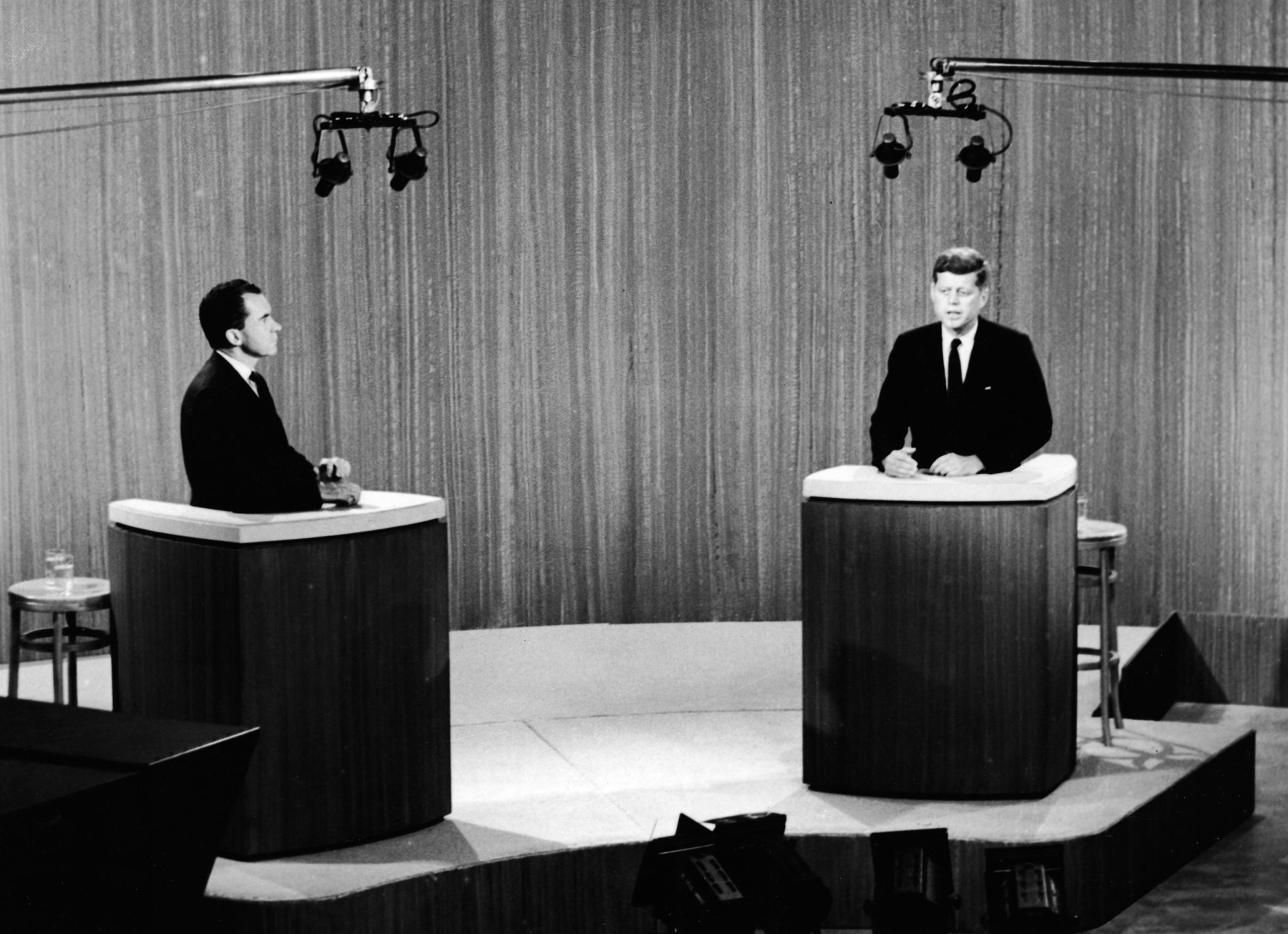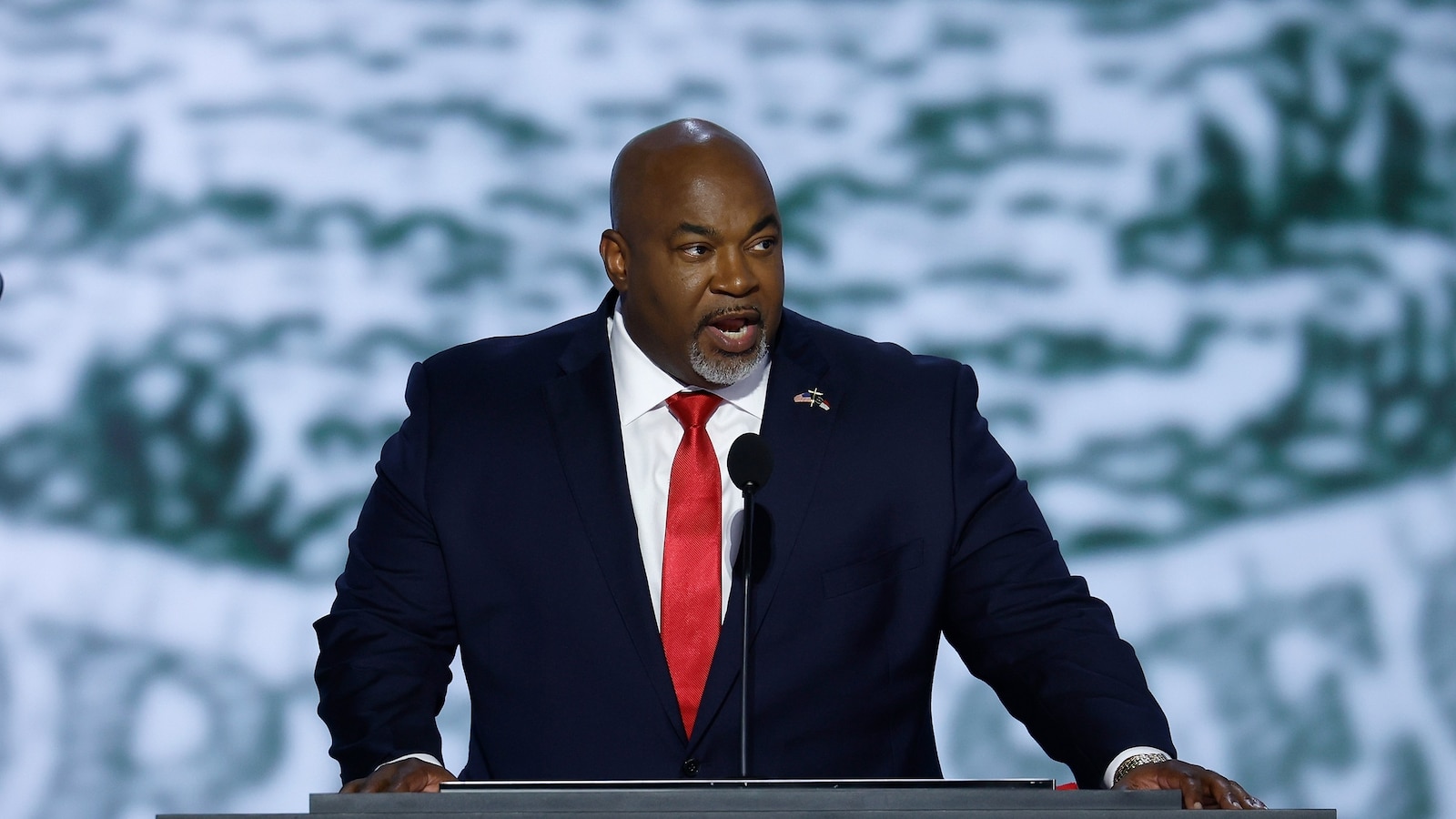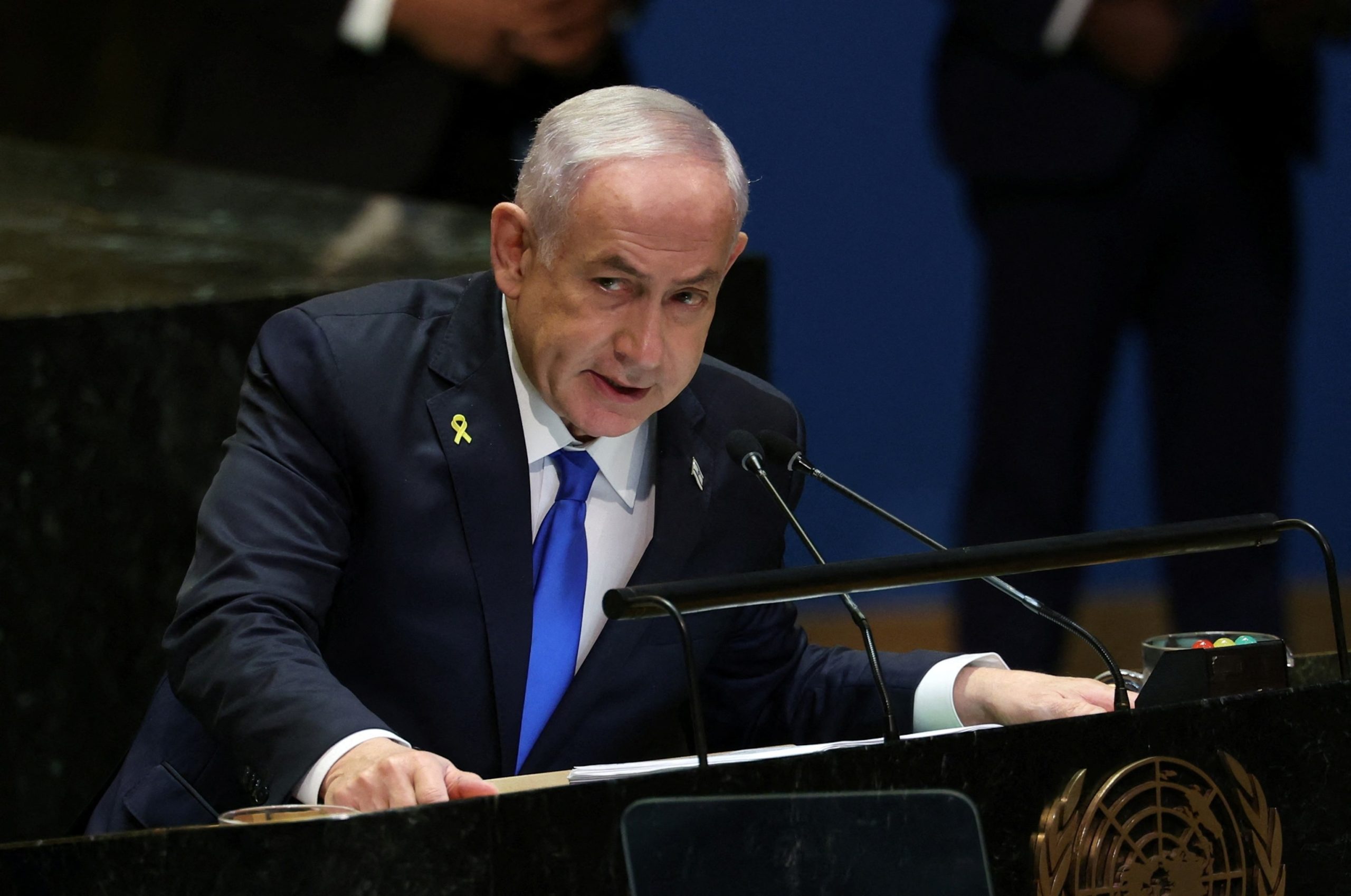In the 64 years since the first Kennedy-Nixon televised faceoff in 1960 brought the presidential debate stage into Americans’ living rooms as never before, they’ve become a cornerstone ritual of the election cycle.
And up until the most recent one — the Sept. 29, 2020 matchup in Cleveland between then-former Vice President Joe Biden and then-President Donald Trump — they’ve generated memorable — even historic — moments.
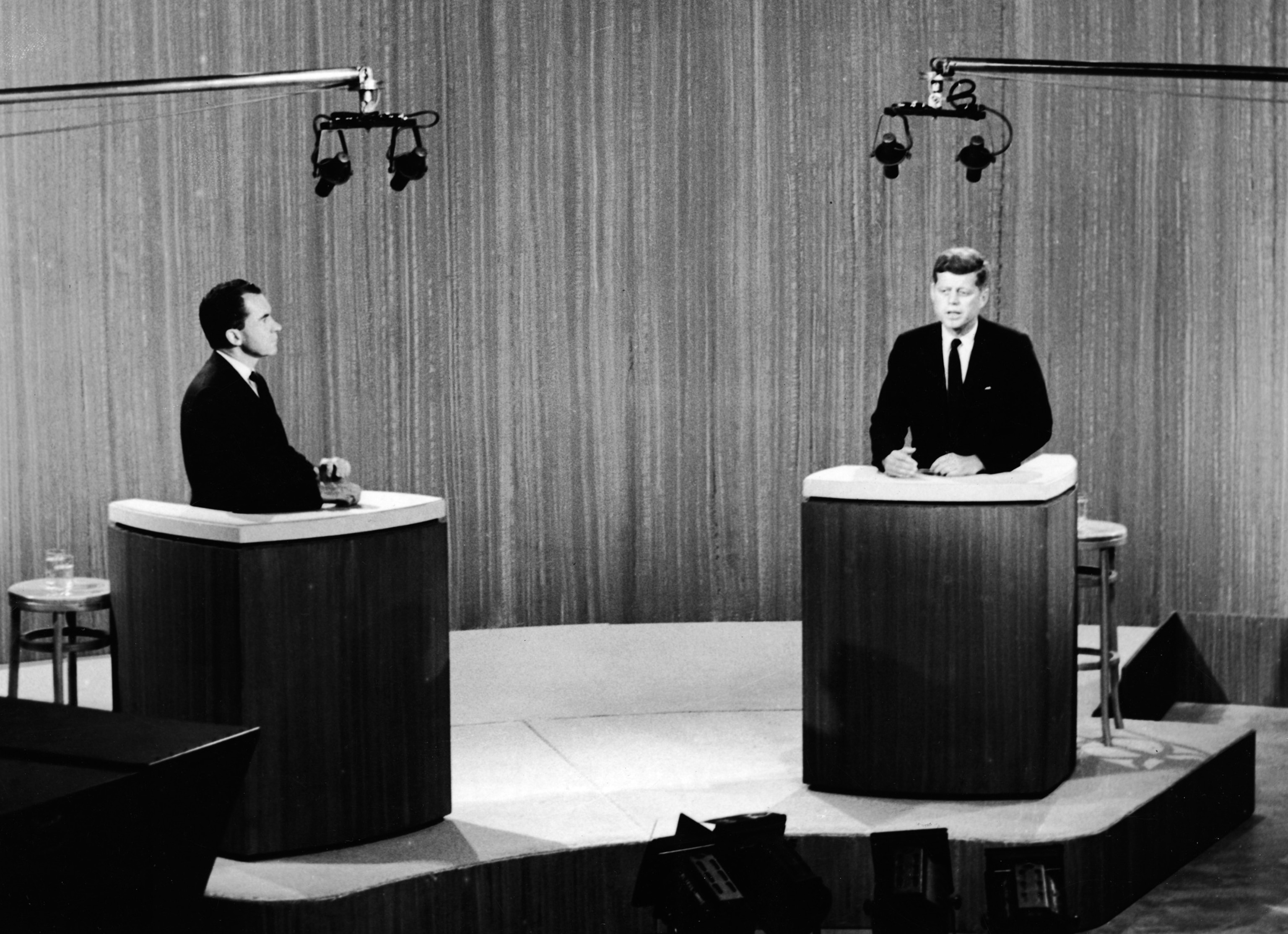
Presidential candidates, Vice President Richard M. Nixon and Senator John F. Kennedy are shown at the fourth and last of their televised presidential debates, on Oct. 21, 1960, at the ABC Studios in New York.
Archive Photos via Getty Images, FILE
But beyond those footnotes in the history books, experts and historians say the country’s increased polarization, changing media landscape and campaign strategies have weakened the impact of presidential debates.
Aaron Kall, director of debate for the University of Michigan’s Debate Program, told ABC News the majority of those who tune in are likely already locked into a preferred candidate.
“Nothing that occurs during the 90-minute debate is going to change or influence who they’re going to vote for,” he said.
However, Kall and other experts ABC News spoke with said there is still a smaller group of undecided voters who do tune in and can be swayed by the performances.
With the last two presidential elections decided by just tens of thousands of votes in a few states — many cast by independent voters — candidates’ debate strategies have become laser-focused on courting that group, according to Julien Labarre, administrator of the University of California Santa Barbara’s Center of Information Technology & Society.
“What we see is people who were not thinking of going to vote being turned into voters,” he told ABC News. “Spurring people into participation, we do see that kind of effect.”
Kall, the co-author of “Debating the Donald,” said past presidential debates have created make-or-break moments for campaigns. For example, during the Oct. 6, 1976, debate between President Gerald Ford and then former Georgia Gov. Jimmy Carter, Ford stated, “There is no Soviet domination of Eastern Europe,” and then doubled down on it.
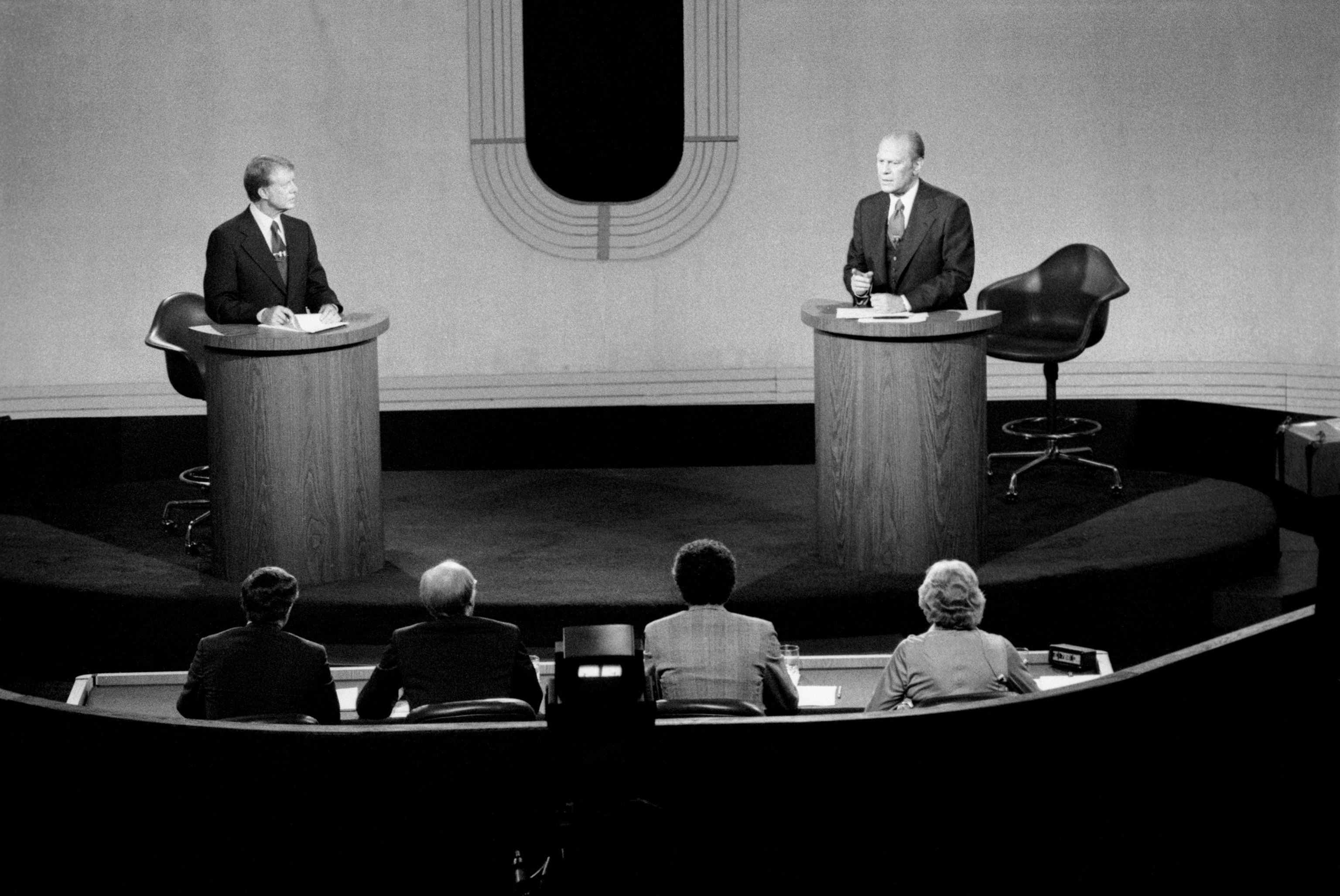
Democratic presidential nominee Jimmy Carter (left) and President Jerry Ford, are shown during sthe econd debate at San Francisco’s Palace of Fine Arts, on Oct 6, 1976.
Bettmann Archive via GettY Images
“Just a big gaffe like that, everyone focused on it,” Kall said. “That really hurt him and helped propel Carter to a very close election.”
Eventually, campaigns would catch on to this trend and how it could sway voters, Kall said. With each new presidential election cycle, candidates worked with their campaign team to produce “zingers” and train candidates when to use them in the debate.
President Ronald Reagan famously joked about his Democrat opponent Walter Mondale’s age to counter the arguments that Reagan, at 73, was too old to serve a second term.
While the rise of the 24-hour news cycle has decreased the shelf-life of those debate highlights — having less of an impact on voters — social media has allowed them to live longer in the news cycle and in the political conversation, Kall said.
“That becomes its own media cycle in the coming days or weeks following the debates,” he added.
Labarre said that this debate strategy, however, has been turning off some voters as the candidates have been more combative and aggressive in their debating, looking for zingers to go viral.
“You start having an increase in what we call affective polarization, which is, when parties start being hostile, not in terms of what they stand for, but in terms of just who they are,” he said.
This year’s presidential debates have the potential to shake things up and generate more interest because of the big changess, including earliest-ever timing and tighter rules, the experts said.
Biden and Trump have, so far, forgone cooperating with the Commission on Presidential Debates, the non-partisan group that has coordinated presidential debates since 1988, and instead agreed to hold a debate Thursday on CNN and another on Sept. 10 on ABC.
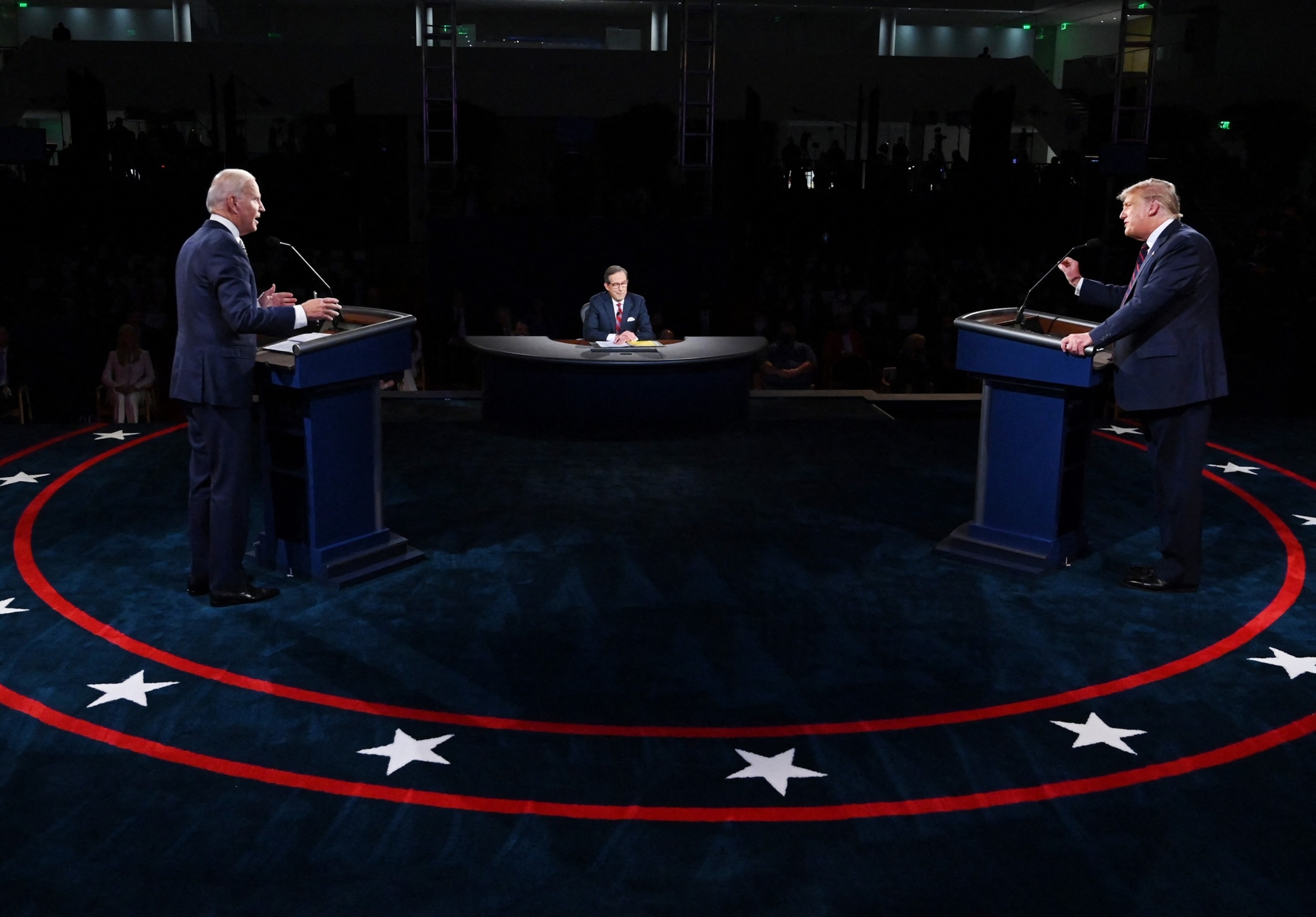
President Donald Trump and Democratic presidential candidate Joe Biden take part in the first presidential debate at Case Western Reserve University and Cleveland Clinic in Cleveland, Ohio, on Sept. 29, 2020.
Olivier Douliery, POOL via AFP via Getty Images, FILE
This week’s debate will not feature a live studio audience and the candidates’ mics will be muted when it’s not their turn to speak.
Labarre said those changes are good steps to help bring engagement from voters in watching and pushing the candidates to address topics more seriously — perhaps making the debate more relevant.
“All of a sudden the two candidates are not really putting on a show. They’re actually having a conversation,” he said.
Kall said that this week’s contest is also remarkable in that Trump and Biden have not engaged in any in-person political debate since the last election, so there might be extra attention from the general public to tune in and see what happens.
“The earlier debates can focus the race on this binary choice that everybody is going to have to make,” he said. “We’ll shift the attention and focus to this important two-person race.”
Kall, who will be assessing Thursday’s debate as an analyst, added that the event marks the earliest a presidential faceoff has taken place in 64 years and will help inform voters who head to the polls in early voting.
“The last several cycles, because of COVID and other things, people started voting even before the debates in the fall,” he said. “So, people have the opportunity to tune in, see the debate, the platforms [and] the agendas before making that decision.”
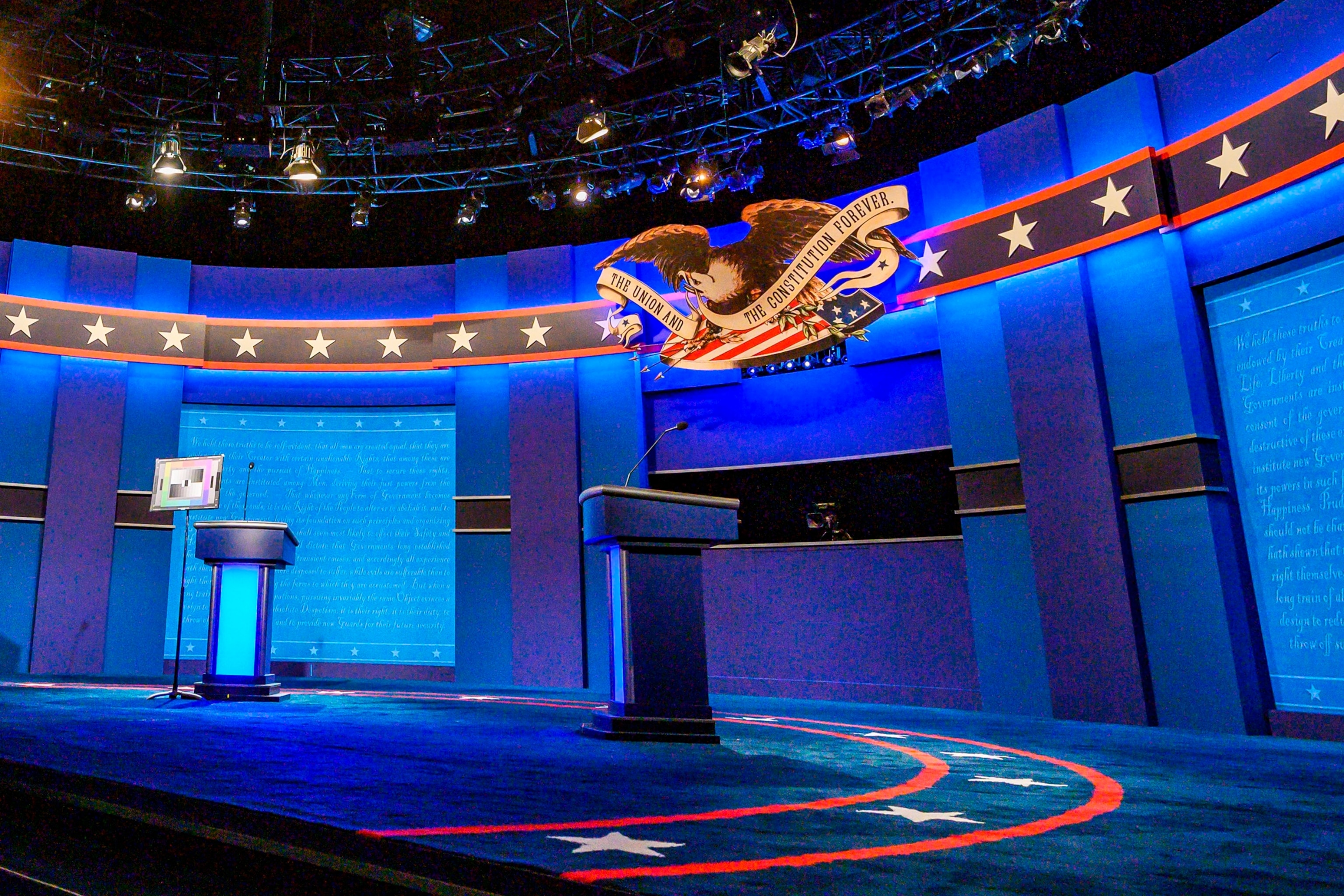
In this Oct. 21, 2020, file photo, the stage for the final presidential debate of the US 2020 presidential elections is being tested for light and sound at Belmont University in Nashville, Tenn.
Eric Baradat/AFP via Getty Images, FILE
Labarre said the political science community and candidates won’t immediately know what effect changes to the format will have going forward on the campaigns or on the election.
However, he stressed that more changes to the debate system are needed to help an electorate that has become calcified with each new election cycle.
He said it would be crucial for more debates throughout the election season so that voters get a chance to truly understand where the candidates stand on issues affecting the country.
Labarre noted that previous political debates, such as the 1858 Abraham Lincoln-Fredrick Douglas debate on slavery, focused on just one topic and took place over several days, allowing the candidates to have much more robust discussions.
“We should have a lot more debates that are focused on a single or two or three issues and not have a gazillion issues talked about over a period of 90 minutes,” he said.
In today’s increasingly polarized and viral environment, debates play a crucial role in shaping public opinion and influencing political discourse. With the rise of social media and 24-hour news cycles, debates have the potential to reach a wide audience and spark heated discussions among viewers. However, the impact of debates in this environment is complex and multifaceted, with experts offering insights on how they can both inform and polarize the public.
One of the key ways in which debates impact today’s polarized environment is by providing a platform for candidates to present their views and policies to a large audience. This can help voters make more informed decisions about who to support in an election, as they are able to directly compare the candidates’ positions on important issues. Debates also allow candidates to respond to each other’s arguments in real-time, which can highlight differences in policy proposals and leadership styles.
However, debates can also contribute to polarization by reinforcing existing beliefs and biases among viewers. Research has shown that people tend to interpret information in a way that confirms their pre-existing beliefs, a phenomenon known as confirmation bias. This means that viewers may be more likely to support the candidate whose views align with their own, rather than critically evaluating the arguments presented during the debate.
Furthermore, debates in today’s viral environment can be easily distorted and manipulated through selective editing and sharing on social media. This can lead to misinformation spreading rapidly and further polarizing the public. In a study conducted by the Pew Research Center, it was found that social media users are more likely to encounter news stories that align with their political beliefs, which can reinforce echo chambers and deepen divisions within society.
To combat the negative impact of debates in today’s polarized and viral environment, experts suggest several strategies. One approach is to promote media literacy among viewers, teaching them how to critically evaluate information and sources before forming opinions. Fact-checking organizations can also play a crucial role in debunking false information and holding candidates accountable for their statements during debates.
Additionally, experts recommend that moderators play a more active role in fact-checking candidates during debates, ensuring that misleading or false claims are corrected in real-time. This can help prevent misinformation from spreading and encourage candidates to engage in more honest and substantive discussions.
Overall, debates have a significant impact on shaping public opinion and political discourse in today’s polarized and viral environment. While they can provide valuable insights into candidates’ positions and policies, debates also have the potential to reinforce existing biases and spread misinformation. By promoting media literacy, fact-checking, and responsible moderation, we can mitigate the negative effects of debates and foster a more informed and engaged electorate.
